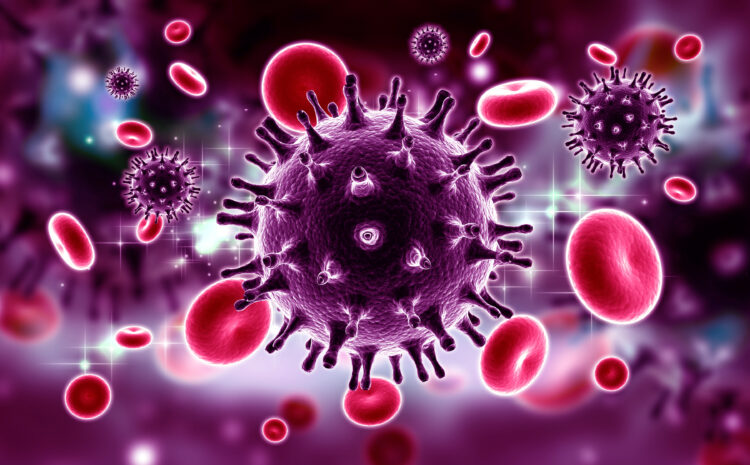
Role of thymosin α1 in restoring immune response in immunological nonresponders living with HIV
The study investigated the use of thymosin alpha 1 in immunological nonresponders living with HIV to improve their T-cell immune response. The results showed that treatment with thymosin alpha-1 increased the CD4+ T cell count, indicating potential enhancement of thymic output.
Thymosin alpha 1 (Tα1) treatment has been shown to reverse the decrease in the proportions of naïve T cells in chronic HIV infection. Administration of Tα1 has been found to increase the CD4+ naïve T cell count and reduce the proportion of central memory CD4+ T cells, which are identified as primary host cells for HIV reservoir. The study also demonstrated that the proportions of CD4+ naïve T cells increased significantly after Tα1 treatment. These findings indicate that Tα1 has a positive effect on the restoration of naïve T cells in individuals with chronic HIV infection.
In chronic HIV infection, PD-1+ T cells play a role in immune exhaustion. These cells exhibit diminished responsiveness to activating stimuli, facilitating HIV latency. HIV can evade host immune responses by upregulating the expression of immune checkpoint receptors like PD-1.
The use of Tα1 in immunological nonresponders (INRs) living with HIV has been shown to have an impact on the proportions of PD-1+ T cells. Treatment with Tα1 led to a significant decrease in the proportions of CD4+PD-1+ T cells. This indicates that Tα1 reduces immune exhaustion and potentially helps in diminishing the HIV reservoir. More research is needed to fully understand the role of PD-1+ T cells in chronic HIV infection and the exact mechanism by which Tα1 affects their proportions.
The study found that the proportion of CD4+ central memory (CM) T cells, which have been identified as primary host cells for HIV reservoir, significantly decreased after treatment with Tα1 in INRs living with HIV. This suggests that Tα1 may have an effect on diminishing the HIV reservoir by reducing the proportion of CM CD4+ T cells.
HIV preferentially persists in CD4+ T cells expressing multiple immune checkpoint molecules, including PD-1, CTLA-4, and Tim-3. The study found that after treatment with Tα1, the expression of PD-1 on CD4+ T cells and CD8+ T cells decreased. However, the expression of TIM-3 on T cells remained unaltered at week 24.
According to the study, Tα1 treatment in INRs living with HIV has shown positive effects on the proportions of thymic migrated cells and naïve T cells. The treatment increased the proportions of naïve T cells and reversed the decrease in proportions of thymic migrated cells. As for ART (antiretroviral therapy), it helps suppress viral replication and promotes CD4+ T cell recovery in people living with HIV. However, the study does not mention the direct effect of ART on the proportions of thymic migrated cells, naïve T cells, HIV DNA, or CA-RNA levels. Therefore, further investigation or research would be required to understand the specific impact of ART on these factors in INRs.
Full article can be found here: doi.org/10.1186/s12879-024-08985-y
